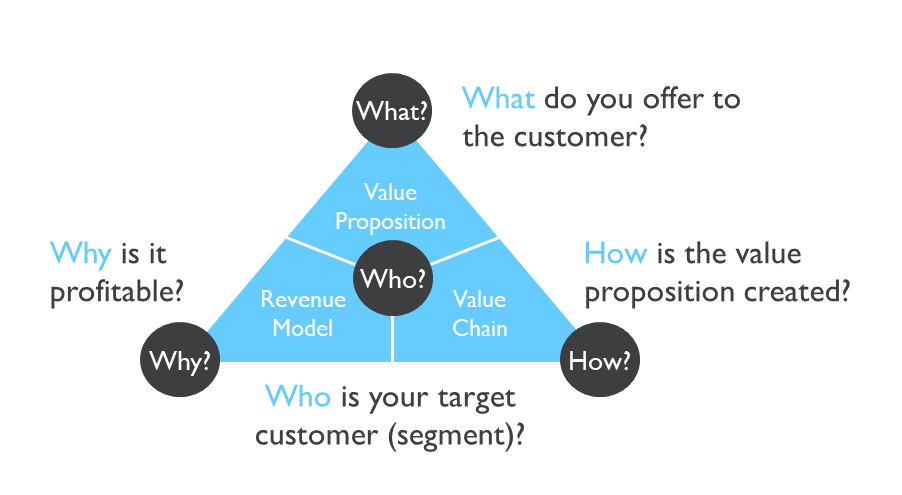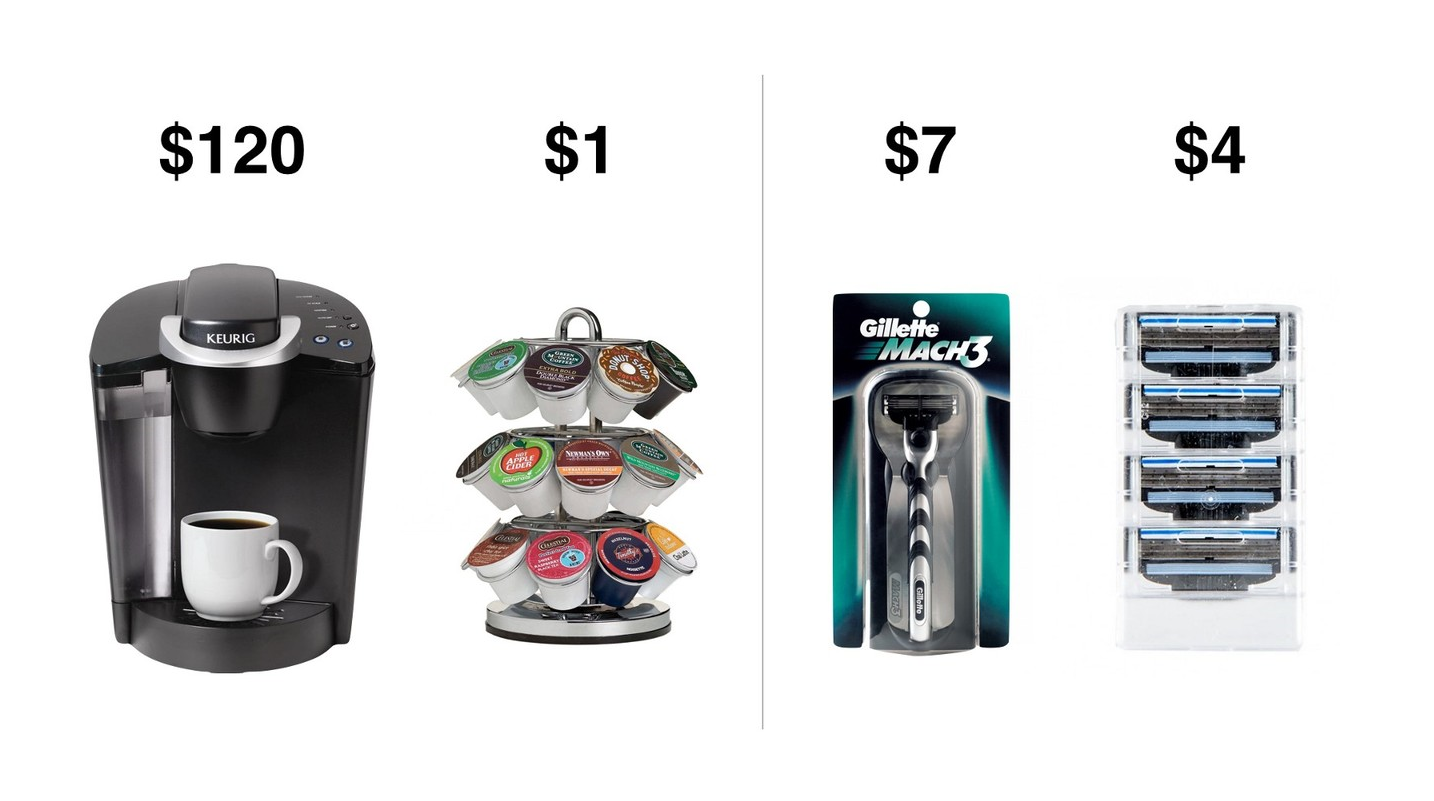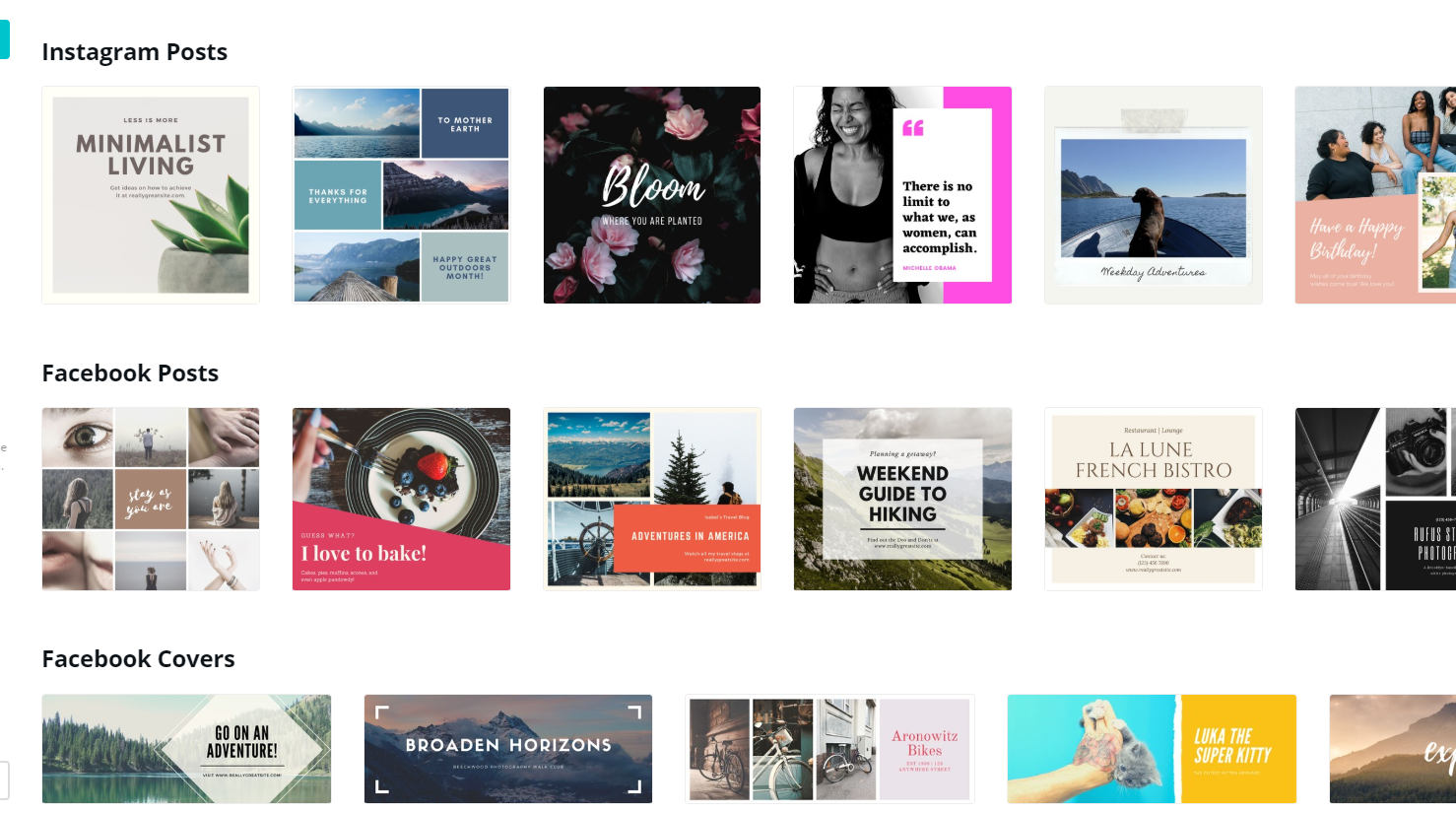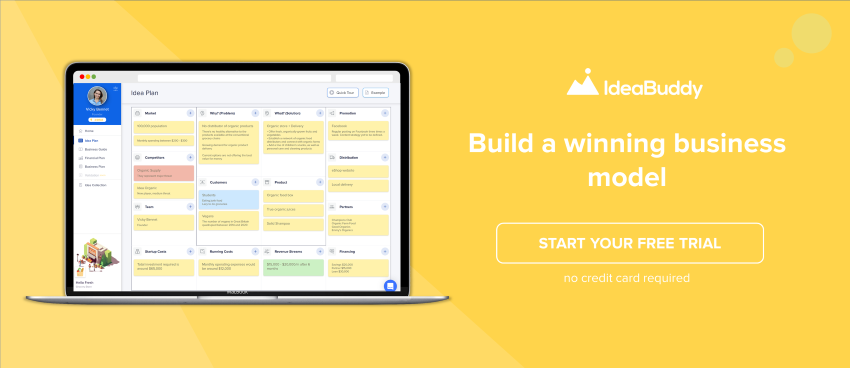The business model is what comes before any serious moves are made to get a business off the ground. It’s all about defining the mechanisms by which your business is supposed to bring in money.
Now, there’s a fine art to identifying the type of model that will work for your unique set of circumstances and adjusting it to your needs. However, making a certain model work for you and really fleshing it out is a topic of its own. We’ll leave that for another day.
Right now, we will focus on answering the basic question: what is a business model? We’ll also look at how some common models actually work.
The difference between a business strategy and a business model
The difference between a business strategy and a business model is quite simple. The strategy is used to reach your goals quickly and with a minimum of expenses, but before that, you need to know what those goals are, and how they can be achieved.

A business strategy is used to maintain, tweak, and fine-tune your well-oiled business machine so that it can grow. On the other hand, a business model is a blueprint from which this machine is built in the first place.
How does the business model work?
While there are many ways to skin this particular cat, any functional business model has the same tripoint structure:
Required labor and materials
All the skills, raw materials, tools, and components you’ll need to sell a viable product or service, as well as where and how to find them at a reasonable cost
Essential marketing and logistics
All the marketing avenues you can use to promote your service or product and various ways to distribute them
Payment methods and pricing
The best pricing strategy to make a profit, as well as all the ways that customers will be able to pay you
As long as you keep these three points in mind, you can get a sense of how your future business will operate.
If you know what you need and which price range you’re working with, it will be easier to select the right suppliers, find the right staff, and devote an appropriate budget to marketing. Understanding your key business processes allows you to make quick judgment calls when needed and plan for the future more carefully.
Top 10 business model types
People have gotten really creative with business models in the past decade, with the advent of social networks, eCommerce sites, and the like.
We will take a look at the most popular ones that have stood the test of time, as well as some newer ones that have proven to be highly effective.
1. Affiliate marketing
The affiliate marketing model relies on you sending customers to another company in exchange for a small commission on every sale. It’s a great way to start a business with only a small investment. You don’t actually need any goods or services of your own, although setting up and promoting an affiliate marketing site does require time and effort.

Sites like this often write product reviews related to different industries and have links leading directly to the products they are reviewing. Another approach is for a social media influencer or YouTube creator with a large enough audience to offer affiliate links.
2. Franchise
The least risky and time-consuming way of getting a brick-and-mortar business going is opening a franchise business. With this model, you sign a franchise agreement with a big company, then open up a business to their exact specifications.
You’ll get branding materials, all the gear, training for your workers, and rules of conduct. It is a big investment, but there’s less to worry about in terms of creating your own business strategy.
Also, you get instant brand recognition without spending a cent on branding.
3. Marketplace business model
An aggregator is a business that sources goods from a number of companies and sells them to consumers. It can be an eCommerce store or brick-and-mortar shop. You need:
- An appropriate location
- Enough storage space
- The right connections
- Solid marketing
- A good pricing strategy
Most aggregator models require a decent profit margin, but the cash machine model allows a company to slide by and even make good money with an incredibly slim profit margin.
A prime example of this is Amazon, which makes billions in revenue, but when all the operating costs are paid, their profit margins are less than 3%.

Companies like Amazon are masters at leaving enough time between when the suppliers come knockin’ and when they can realistically ship the goods. They always leave enough wiggle room, but they invest heavily in making their delivery process extremely fast and efficient.
4. Aggregator
Aggregator and marketplace share many things in common. Still, they have differences as well, mainly based on how they serve customers.
In essence, the aggregator business model is a huge platform that organizes multiple service providers under one brand.
So, practically, this is a network business model, where an aggregator collects information about providers of services or goods. Then, it promotes and sells the goods and services to their customers under a unique brand.
The most popular companies with aggregator business model are Uber, UberEats, Airbnb, Skyscanner, among others.

5. Nickel-and-dime
Here we have something akin to the old-school flea market approach. The trick is to offer a decent product at an enticingly low price to lure in customers. Once they’ve bought it, you focus on cross-selling, up-selling, and providing additional upgrades and services.
Have you ever gone to a car dealership looking for the cheapest car and drove home with an anti-rust coating and an expensive stereo system?
Then you will know how this model works.
6. Razor-razorblade
This is a similar approach to the nickel-and-dime model, only here you get people’s attention with an inexpensive base product and then keep selling them expandable components or fuel. The best-known example is the razor industry, which gives this model its name. A razor handle costs little, but you need to keep buying razor cartridges.

The customers keep coming back for more every week or month, and you can even upgrade the components or the base product every now and again to keep them interested — five-blade razor heads, anyone?
7. Subscription-based business model
Subscription services have exploded in recent years. The Dollar Shave Club sells shaving accessories to men, Birchbox offers makeup boxes to women, and Home Chef delivers ready-to-cook meals for everyone. All of these are variations on a monthly subscription-based model where the product is delivered to your door.
But the real action is in the digital products industry.
In the old days, when you bought a piece of software, just as with any physical product, your interaction with the company ended there. This software-as-a-product model slowly gave way to the software-as-a-service (SaaS) and even the platform-as-a-service (PaaS) model.
Here, customers subscribe to a platform or gain access to a single piece of software through a monthly subscription or payment. This turned out to be a more lucrative way of doing things. You can offer the software at a small monthly fee, but the payments quickly add up, and you can get much more than if you are selling it at a fixed price.
An added bonus is that you can bill people’s credit cards for these services with recurring monthly charges. That way, even if someone stops using the software or even considers unsubscribing, they can still forget about it and get billed for a few extra months. This model is used with great success by everyone from Netflix to tech giant Adobe.

8. Freemium model
What is a business model without a puzzling and intriguing name? A slight twist on the subscription-based model, Freemium is driving interest by giving away the base version for free.
The Freemium model is widely used in the software industry, as a way to show value to customers before they make a purchase decision. You can have an app, game, or any kind of software with very limited basic capabilities offered free of charge. Apart from freemium, you can have a tiered set of plans that unlock several key features, dramatically enhancing usability.

The droves of free users help with word of mouth and raising brand awareness. You only need a small number of them to get hooked and subscribe for the higher tiers. That will make the model sustainable and even highly profitable.
9. High-touch business model
The high-touch model relies on the quality of the interaction as much as the quality of the service itself, if not more so.
Businesses running this model include any business where the salesperson or service provider has a direct interaction with the customer. These can be beauty salons, fine-dining restaurants, and others.
So, what is a business model of this type aimed at? Landing a sale, getting repeat business and spreading word of mouth rely on the charisma of your staff. You may be able to stay ahead of the competition even if your product is inferior or expensive, if you offer an exceptional customer experience.
10. Low-touch business model
The complete opposite of high-touch, the low-touch model, is used by companies like Ikea, in the brick-and-mortar world, and Mailchimp in the digital world. The premise is simple: limit interaction between customers and sellers or business reps to allow quick in-and-out transactions.
A lot of people like the high level of privacy and no-hassle approach of getting what they need themselves and going through an automated checkout process. The challenge here is to make the automation work flawlessly and to really nail down the sales funnel.
Read also: How to Write a One-Page Business Plan
Which business model will you use?
So, after everything is said and done, what is a business model? Well, it’s a way to define how your business will make its money and how much you can expect to make. It lays out the essential blueprints for your business processes and is a prerequisite for developing a good business strategy.
We’ve discussed some common models above, and now it’s your turn to start developing your idea and try to turn it into a money-making business.





